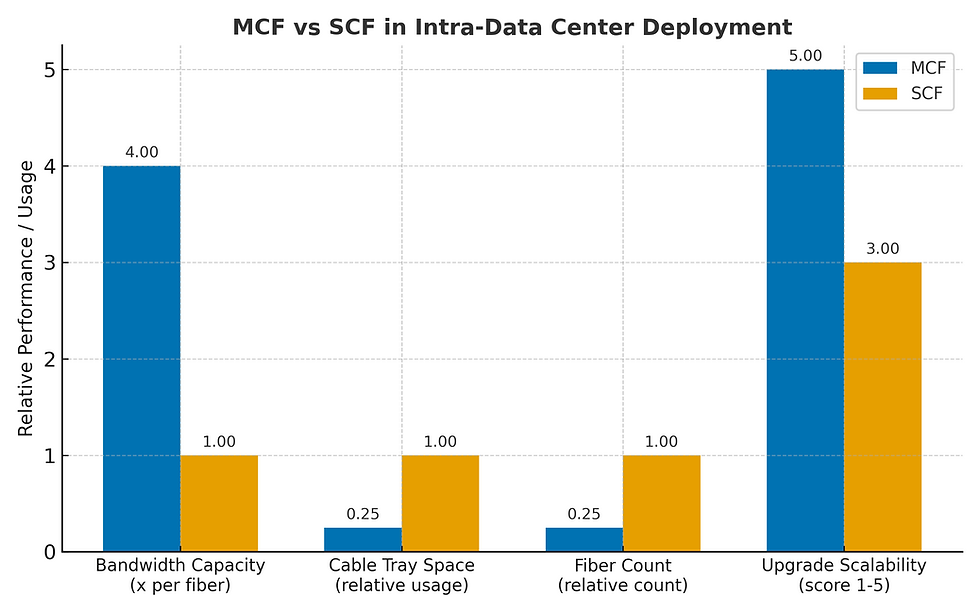Data Centers and the Growth Dilemma: Balancing Economic Gains with Sustainable Infrastructure
- Nguyen Tran Tien
- Aug 14
- 2 min read

In the digital era, data centers have become the backbone of the global economy—powering artificial intelligence, cloud computing, and large-scale digital transformation. Yet, behind the surge in infrastructure investment lies a critical question for governments and local authorities worldwide: How can we harness the economic potential of data centers while ensuring sustainable and equitable development?
An Unprecedented Economic Opportunity
According to McKinsey (2025), global investment in data center infrastructure is expected to reach $7 trillion by 2030, covering compute hardware, energy infrastructure, and real estate. At this scale, regions that attract data center investments stand to benefit significantly:
High-quality job creation during both the construction and operation phases.
Increased tax revenue from corporate, property, and consumption taxes.
Growth in adjacent industries, such as renewable energy, equipment manufacturing, high-speed fiber networks, and software development.
A single hyperscale data center, covering tens of thousands of square meters, can generate thousands of direct and indirect jobs—especially during the initial construction and long-term operations phases.
Emerging Challenges Demand Smart Governance
To avoid the pitfalls of unchecked growth, policymakers must carefully assess and manage several critical concerns:
1. Strain on Energy Infrastructure
Data centers can consume tens or even hundreds of megawatts (MW) of continuous power. Uncoordinated growth risks overwhelming local power grids or delaying broader renewable energy transitions.
2. Risk of Stranded Assets
If demand projections prove overly optimistic, investments in substations, fiber routes, or zoned land can become underutilized or obsolete. Phased planning is essential to reduce long-term capital inefficiencies.
3. Community Pushback
Local communities may express concerns over land usage, noise, water consumption, or a perceived lack of local benefit. Transparency, public engagement, and benefit-sharing mechanisms are essential to maintain trust and support.
Key Principles for Balanced Development
McKinsey highlights several strategic principles to help regions maximize upside while minimizing downside risks:
Conditional incentives: Tax breaks or land grants should be linked to concrete value delivery—such as job creation, green energy commitments, or technology localization.
Cluster-based planning: Rather than scattered builds, authorities should promote integrated industrial zones with shared power, fiber, and cooling infrastructure.
Stakeholder dialogue: Clear communication with communities about benefits, trade-offs, and long-term plans is critical to reducing opposition.
Staged infrastructure allocation: Energy and land should be committed incrementally, tied to verifiable project milestones or demonstrated demand.
Conclusion
Data centers are not just buildings—they are the circulatory system of the digital economy. But like all strategic infrastructure, if deployed without foresight, they can become environmental, financial, or social liabilities.
The core question is no longer “Should we invest in data centers?” but rather:“How do we invest wisely, sustainably, and in a way that delivers enduring value to economies and communities alike?”
Resource: www.McKinsey.com



Comments